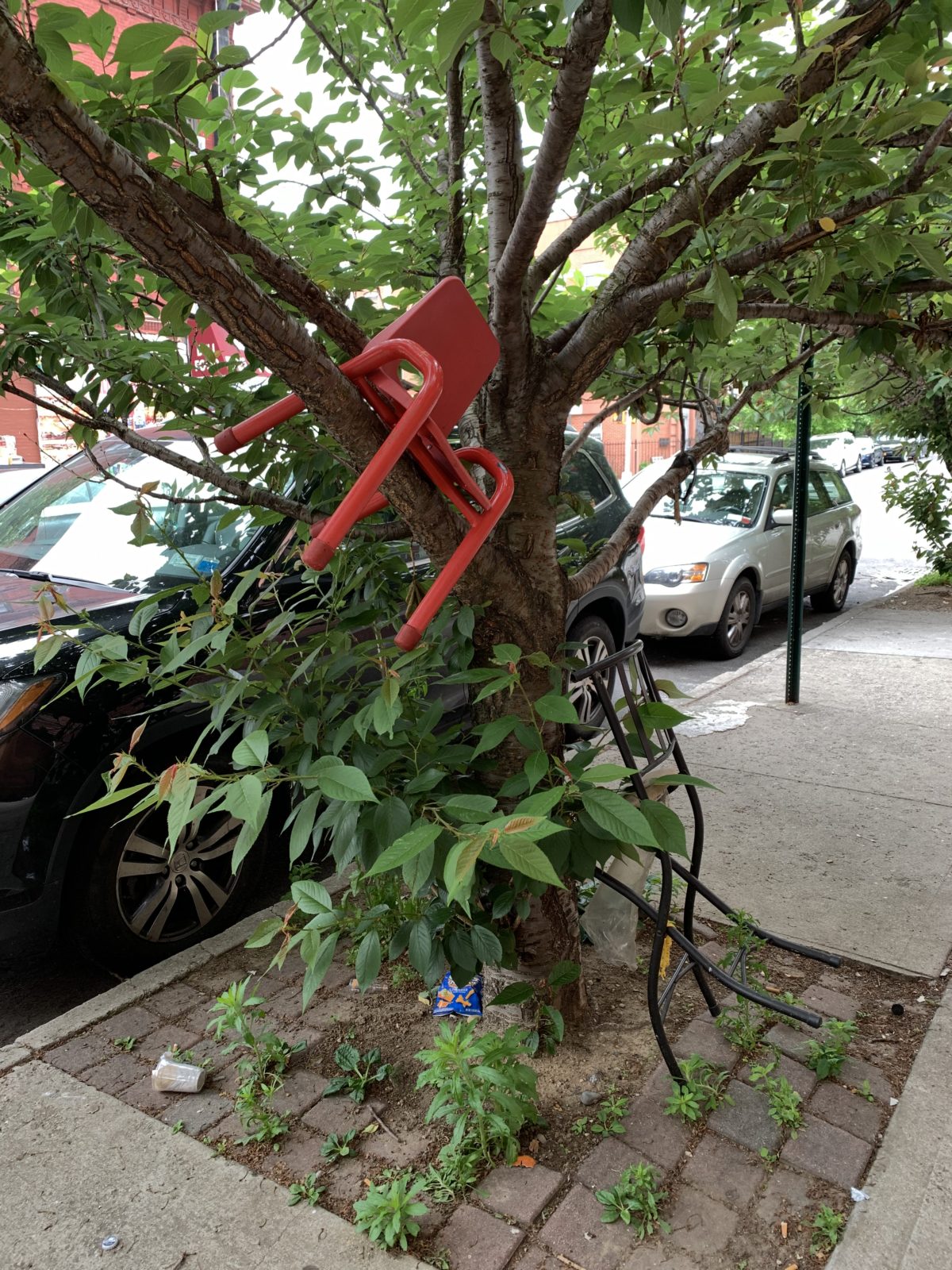
In Bed-Stuy, there are approximately 64,212 residents per square mile. Of the people who live within the square mile surrounding the apartment where I’ve lived for the past 8 months, I know about 12 by name. I've met eight of those people through my partner, who's lived in the area for nine years.
You have reached your article limit
Sign up for a digital subscription and continue reading all new issues, plus our entire archives, for just $1.50/month.
Already a subscriber? Sign in




